Summary
Bien Hoa airbase is known as the most severe dioxin-contaminated hotspot as a consequence of the spray of herbicides in the south by United States army during the Vietnam war. The main ingredients of the contaminating herbicides in soils, sediments and water are dioxin, 2,4-dichlorophenoxy acetic acid (2,4-D), 2,4,5-trichlorophenoxyacetic acid (2,4,5-T) compounds and arsenic, etc. The distribution of pollutants is not vertically and horizontally uniform. The estimated volume of soils and sediments was approximately 500,000 m3 in there. This study is to evaluate the residual of toxic chemicals/dioxins at Bien Hoa airbase.
* Key words: Chemicals/dioxins toxic; Residual of toxic chemicals/dioxins; Bien Hoa airbase.
I. INTRODUCTION
During Vietnam war, from 1961 to 1971, American armed forces sprayed over 80 million liters of herbicides, including: agent orange, agent white, agent blue, agent green, agent purple and agent pink [2, 4, 5] on fields and forests in the South of Vietnam.
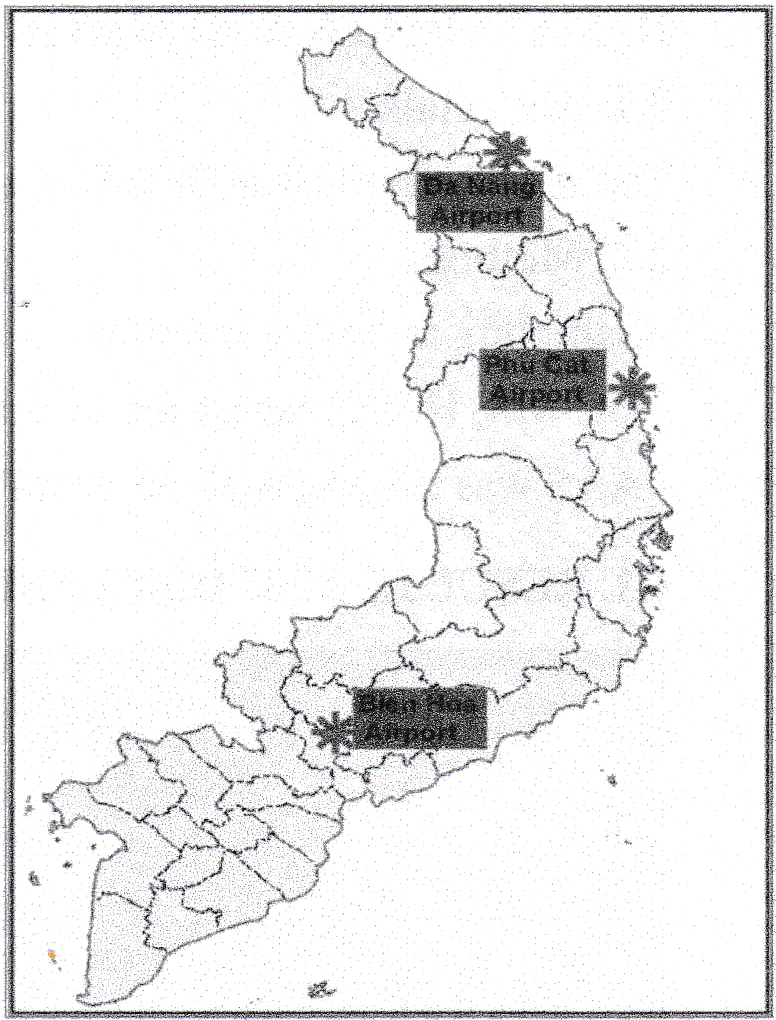 |
Figure 1. Former US air bases in the south of Vietnam
The main composition of herbicides includes 2,4-D, 2,4,5-T, picloram, cacodylic acid and dioxin (a by-product during the synthesis of 2,4,5-T). The use of herbicides caused the severe pollution in soils, sediments and water at former US airbases in Da Nang, Bien Hoa and Phu Cat (Fig 1), where storage, transporation of herbicides and cleaning aircrafts after spraying took place [2, 4, 5].
Until now, contaminated soils and sediments at Da Nang, Phu Cat airbases and a portion of Bien Hoa airbase were treated by the isolation landfill and in-pile thermal desorption. However, a huge volume of soils and sediments at Bien Hoa airbase has not been treated, yet.
Bien Hoa airbase comprises an area of 760 hectares, adjacent to Dong Nai river in the East and Northern East. Based on the data of United States Department of Defense, approximately 98,000 tanks of agent orange, 45,000 tanks of agent white and 16,000 tanks of agent blue were transported and stored at Bien Hoa airbase. The average volume of each tank is 170 liters.
During the transportation and storage, about 25,000 liters of agent orange and 2,500 liters of agent white overflowed and this could be the main source of the pollution [1,3].
From 1990 to now, the evaluation of the residual of toxic chemicals/dioxin has drawn attention and been carried out by different organizations, especially the cooperation between USAID and academy of military science and technology, providing a lot of important information to overcome Vietnam war consequences.
II. MATERIALS AND METHODS
2.1. Materials
The study subject was Bien Hoa airbase.
2.2. Methods
- Sampling at different points.
- GC-MS, HPLC were used to analyze organic compounds.
- AAS was used to analyze metallic elements.
III. RESULTS AND DISCUSSIONS
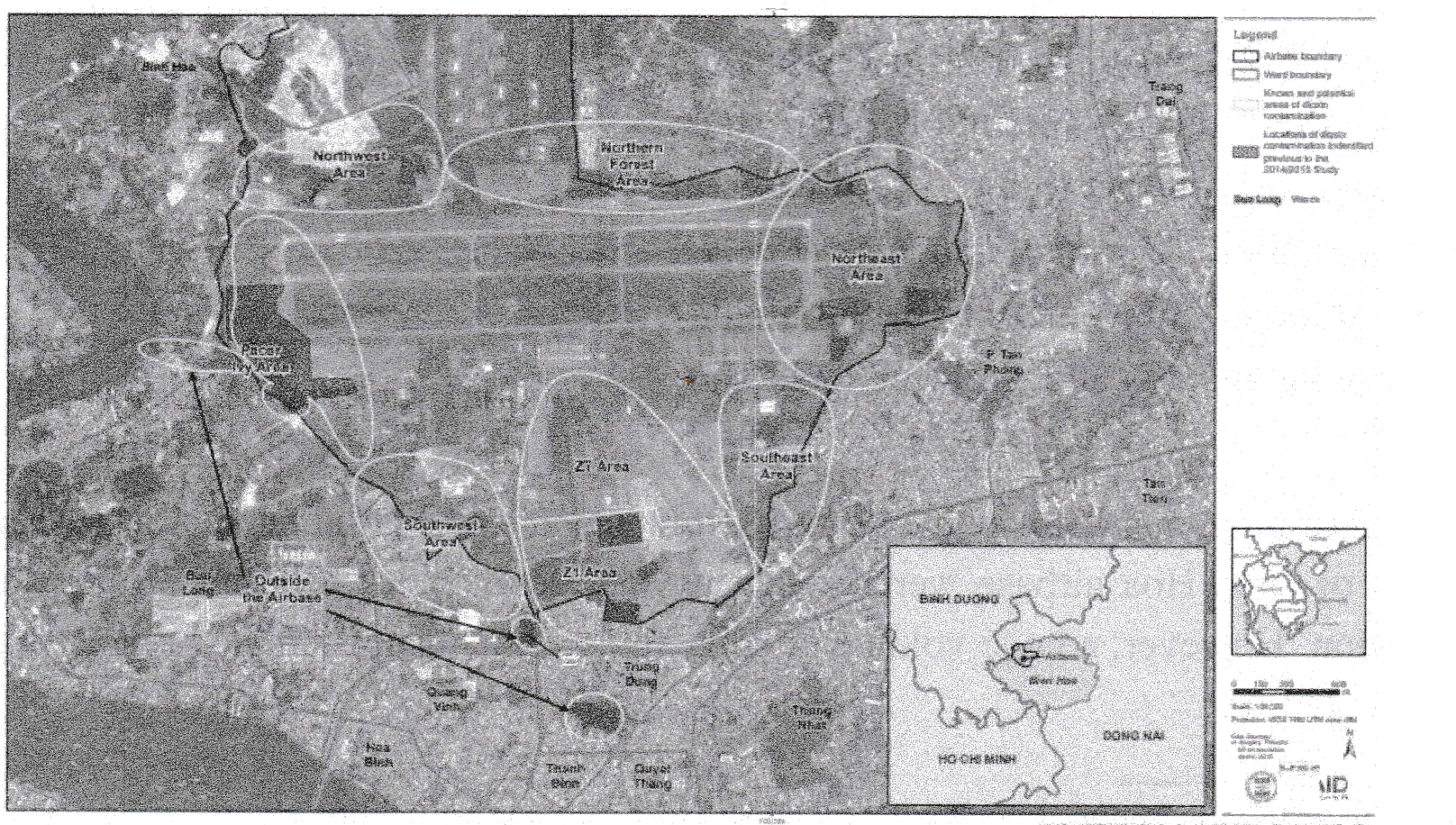 |
Figure 2. Map of sampling positions at Bien Hoa airbase [3]
In order to determine the residual of toxic chemicals/dioxin in soils and sediments at Bien Hoa airbase, samples of soils and sediments at 9 zones were taken and analyzed. Sampling zones including: Zl, ZT, Southwest, Pacer Ivy, Northwest, northern forest, Northeast, Southeast, and outside the airbase, as displayed in the map in the figure 2 [3].
3.1. Actual situation of dioxin contamination in soils and sediments at Bien Hoa airbase
Based on the analysis result of soil and sediment samples, severe dioxin contamination at Bien Hoa airbase was concluded. The contamination is more extensive at Pacer Ivy zone than other zones, whereas, the highest contamination was recorded at the Southwest zone and the lowest contamination was recorded at Z1 zone [3].
Z1 zone was treated by the isolation landfill and the concentration of dioxin is maximum of 1,510 ppt at the depth from 0-100 centimeters in the landfill. The concentration of dioxin at the outside of the landfill is relatively lower or inconsiderably higher than the approved dioxin limits of Ministry of Defense. This result was positive and indicated that the excavation of contaminated soils and construction of the landfill in 2009 appeared to have been effective in significantly reducing overall dioxin concentrations in the Z1 zone [3],
The Southwest zone exhibited the highest contamination of dioxin and the concentration of dioxin reached 110,000 ppt at some points. Especially, at the depth of 120 - 150 centimeters, the concentration of dioxin is still approximately 2,680 ppt [3],
At Pacer Ivy zone, many points of the western boundary exhibited dioxin concentration higher than approved dioxin limits of Ministry of Defense. The highest dioxin concentration in the zone reached 11,4000 ppt and the contamination could be found at the depth of 2.5 meters. The contamination also extended the outside of the airbase through the canal at the west of the zone and the maximum dioxin concentration was approximately 3,370 ppt[3].
In addition to the above zones, elevated dioxin concentrations were also found at the Northwest zone and Northeast zone and some positions at ZT zone. The low dioxin concentrations were found at the Southeast, the forest in the North and the outside of the airbase.
Among 25 lakes and ponds in the airbase were taken sample with sediments, 16 ponds/lakes had dioxin concentrations over 150 ppt. Lakes at Pacer Ivy and the northeast had the highest dioxin concentrations of 5,410 ppt and 1,300 ppt, subsequently. Especially, fish samples from 9/10 lakes were found with dioxin contamination, mostly accumulated in the fat of the fish. Surprisingly, in lakes with dioxin concentration lower than approved dioxin limits of Ministry of Defense, fish samples were also found with dioxin contamination. This indicated the bio accumulation of dioxin in the fish [3].
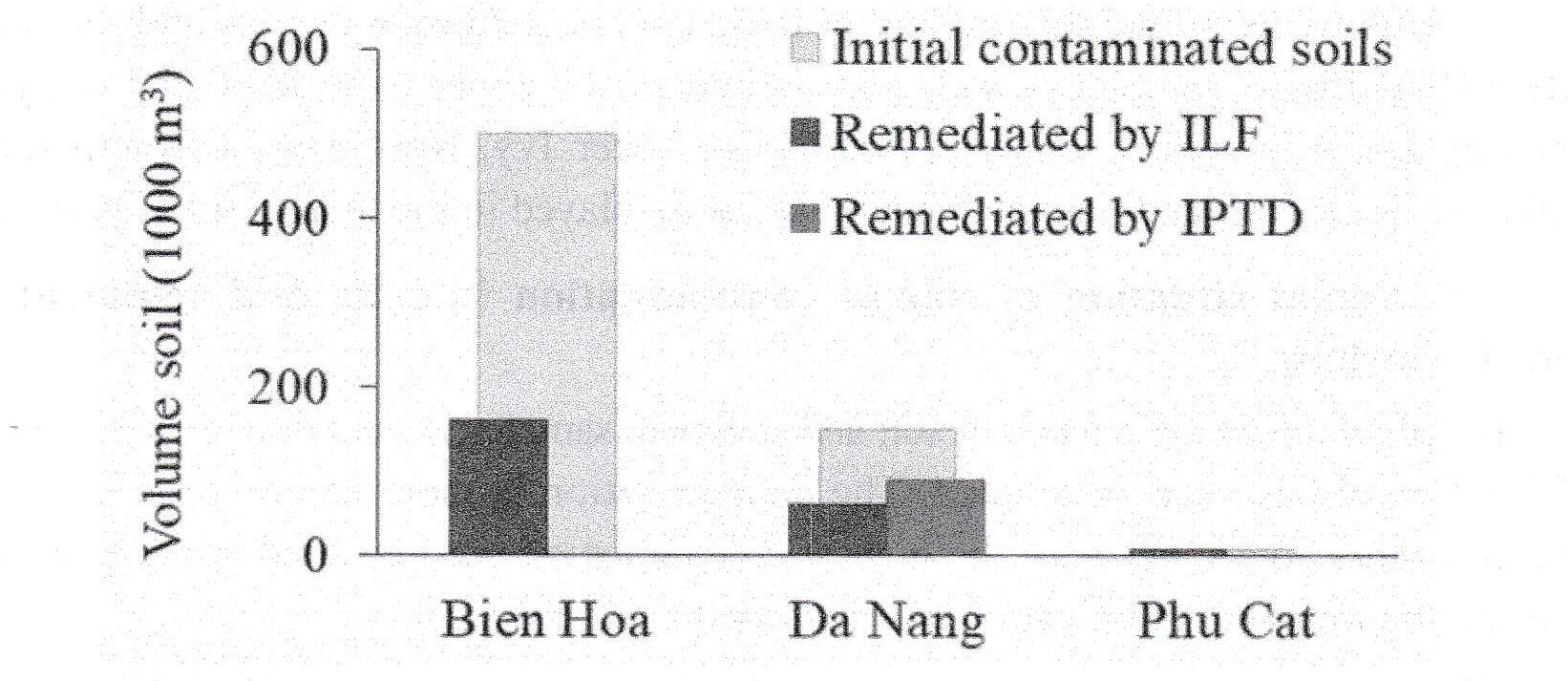 |
Figure 3. Volume of contaminated soils and sediments at Bien Hoa, Da Nang and Phu Cat airbases
As soil and sediment samples were vertically and horizontally taken at various points, the total volume of contaminated soils and sediments at Bien Hoa airbase was estimated approximately 500,000 m3, including Pacer ivy, Zl; the Southwest. Therefore, the actual situation of dioxin contamination at Bien Hoa, Da Nang and Phu Cat airbases could be described as in the figure 3, indicating the severe consequence of using herbicides during the war still exists. -
3.2. Contamination of other toxic chemicals (apart from dioxin) in the soil and sediment at Bien Hoa airbase
Apart from dioxin, Bien Hoa airbase was also contaminated with arsenic, 2,4-D, 2,4,5-T, 2,4-dichlorophenol (2,4-DCP), 2,4,5-trichlorophenol (2,4,5-TCP) and some volatile substances [1,3].
Among them, 2,4-D and 2,4,5-T were found with concentration in the range of 10.76 - 87.98 ppm and 16.15 - 148.37 ppm, subsequently at some positions in the airbase [1], Other volatile compounds were also found with lower concentrations than EPA’s accepted limits to industrial soils [3].
However, arsenic was found with the concentration in the range of 3.1 - 63 mg/kg, higher than EPA’s accepted limits, and also higher than Viet Nam’s accepted limits at some zones (QCVN 03:2008/BTNMT) [3],
IV. CONCLUSION
Bien Hoa airbase was severely contaminated with toxic chemical compounds such as: dioxin, 2,4-D, 2,4,5-T and arsenic. The contamination level is not uniform between different zones and in different depths of soils and sediments in the air base. The quantity of
contaminated soils and sediments is huge and estimated at approximately 500,000 m3. Then, the complete remediation of contamination sources faces to many difficulties in the implementation and requires huge cost. Therefore, it is indispensable to have the attention of Vietnamese and international scientists, technologists and managers to find out solutions to overcome the war’s consequences in Viet Nam’s condition.
REFERENCES
1. Anh Lam Vinh. Research to select a feasible treatment technology for the complete removal of dioxin in the soil and sediment in Viet Nam’s conditions. The scientific report in the national project of Office 33 (KHCN 33.02/11-15).
2. Young Alin L. History, use, distribution and residual of agent orange in the environment Springer. 2012.
3. USAID. Environmental assessment of dioxin contamination at Bien Hoa airbase.
4. Hites Ronald A. Dioxin: An overview and history. Environ. Sci. Technol. 2011, 45, pp. 16-20.
5. Young A.L. Reggiani G.M. Agent orange and its associated dioxin: assessment of a controversy. Elsevier. 1988, pp.32-66.
Thiep To Van1; Nam Pham Hoai1; Hue Hoang Kim2
1. Institute for New Technology/Academy of Military Science and Technology
2. Institute of Military Chemistry and Environment/Chemical Command




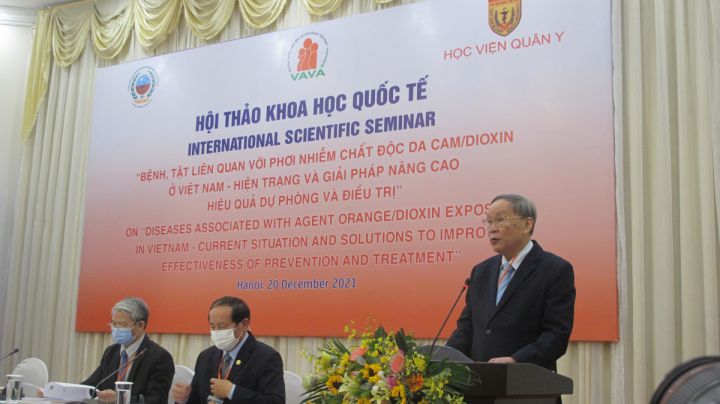

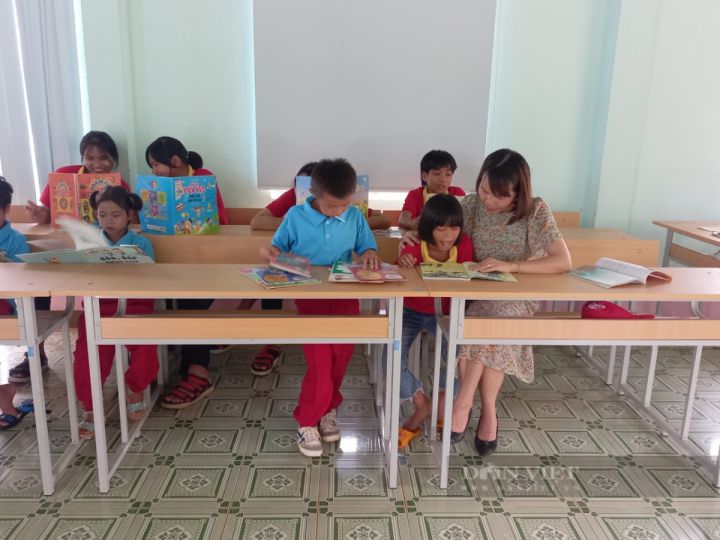
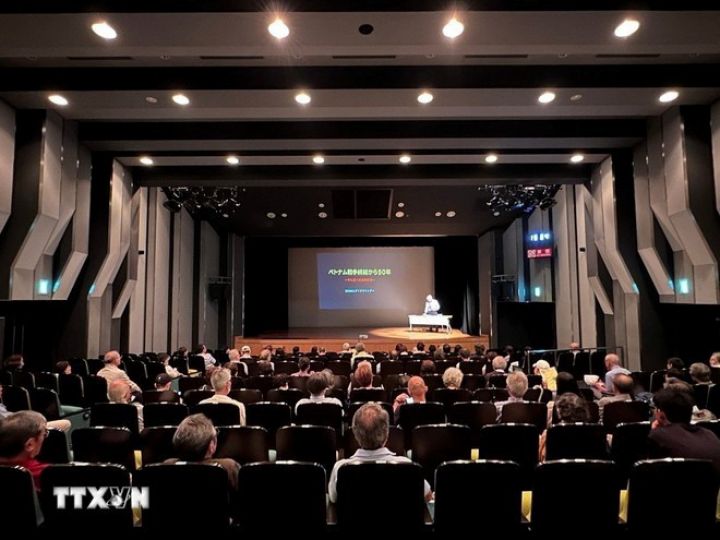

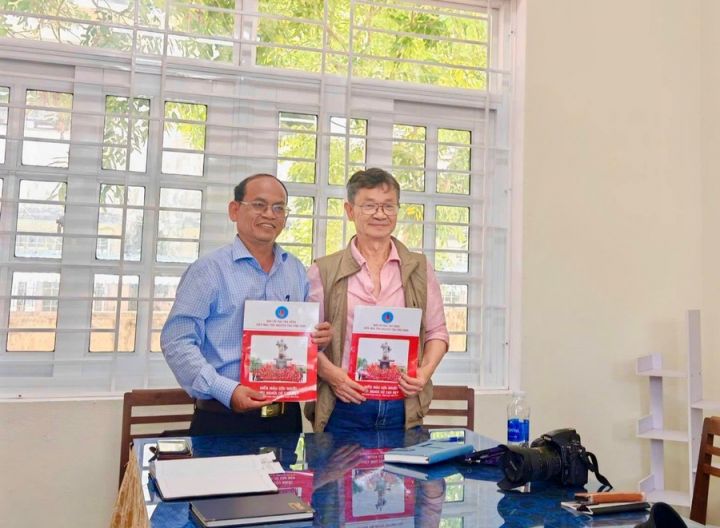
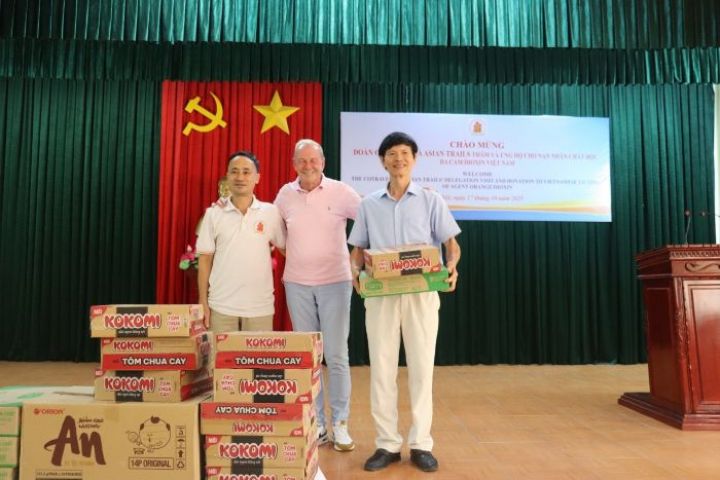












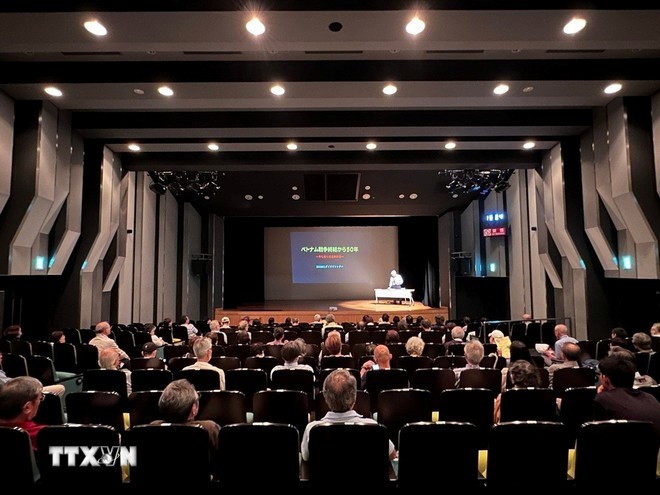
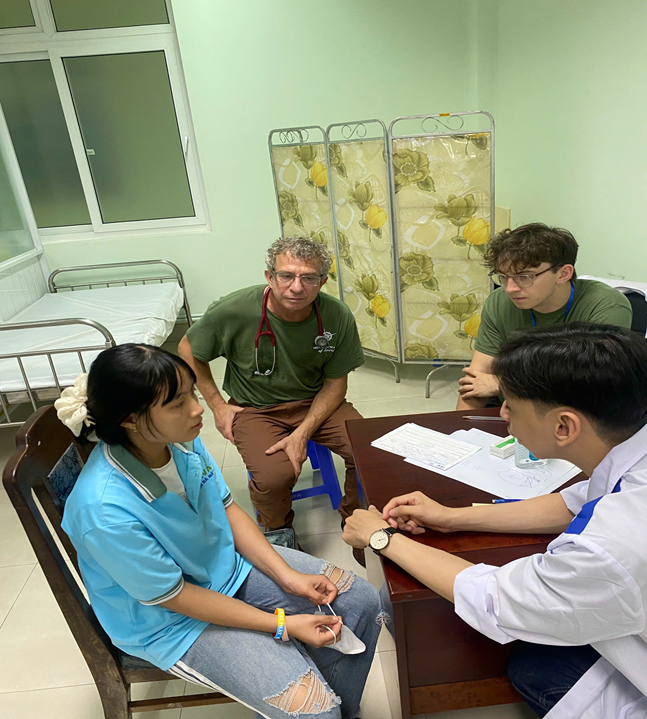
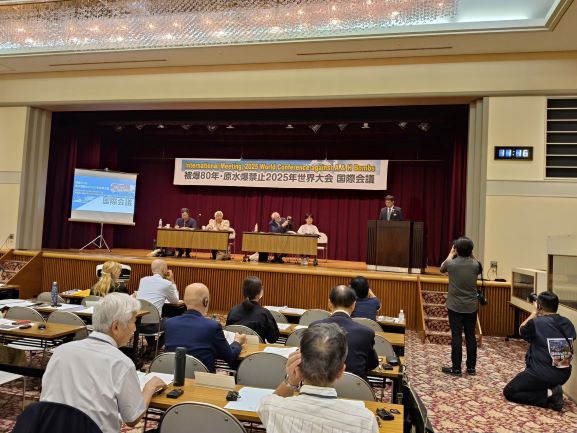
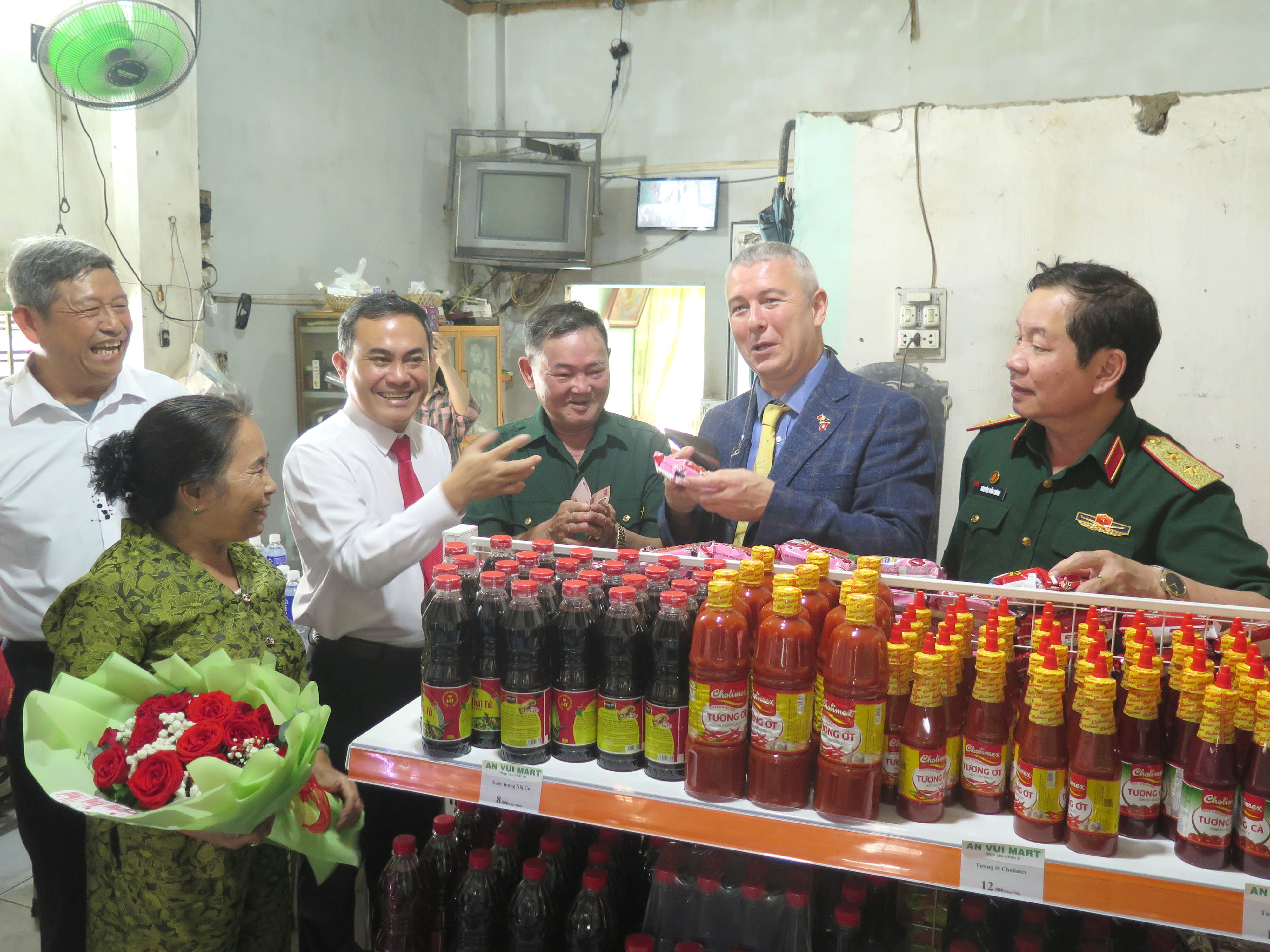
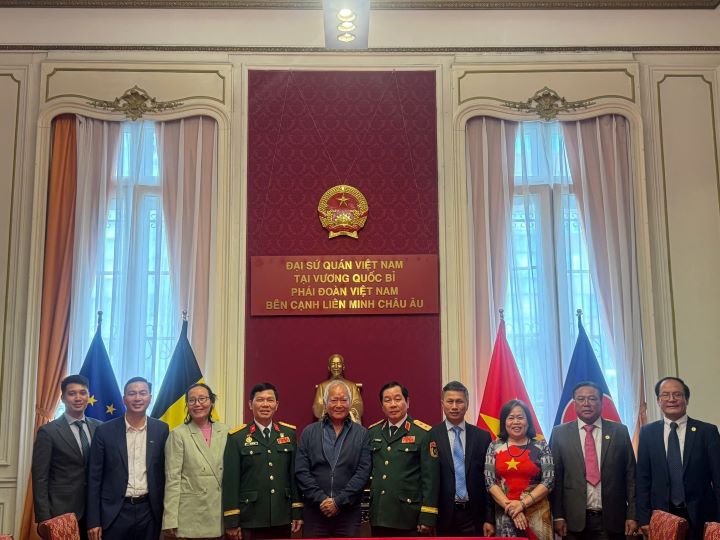

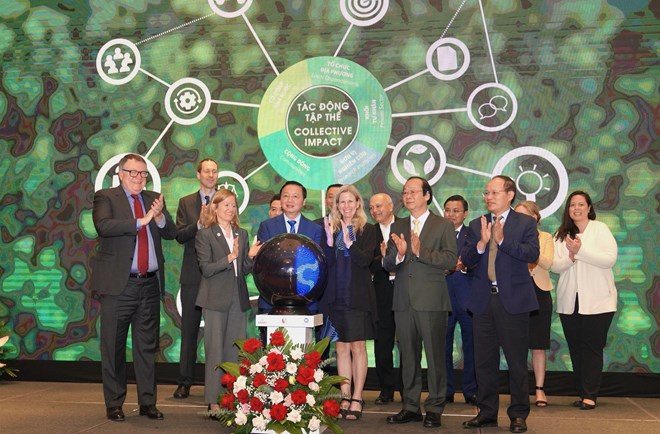

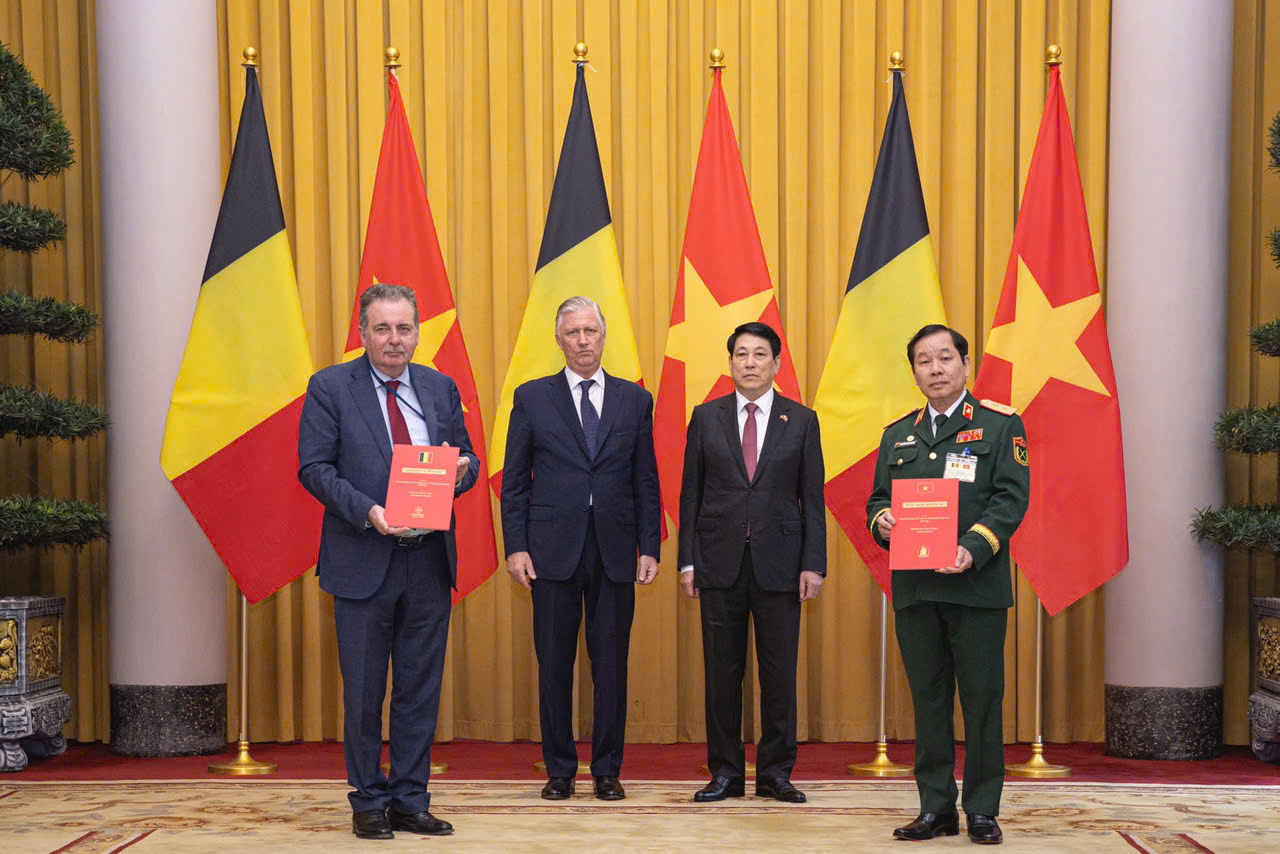


Comment